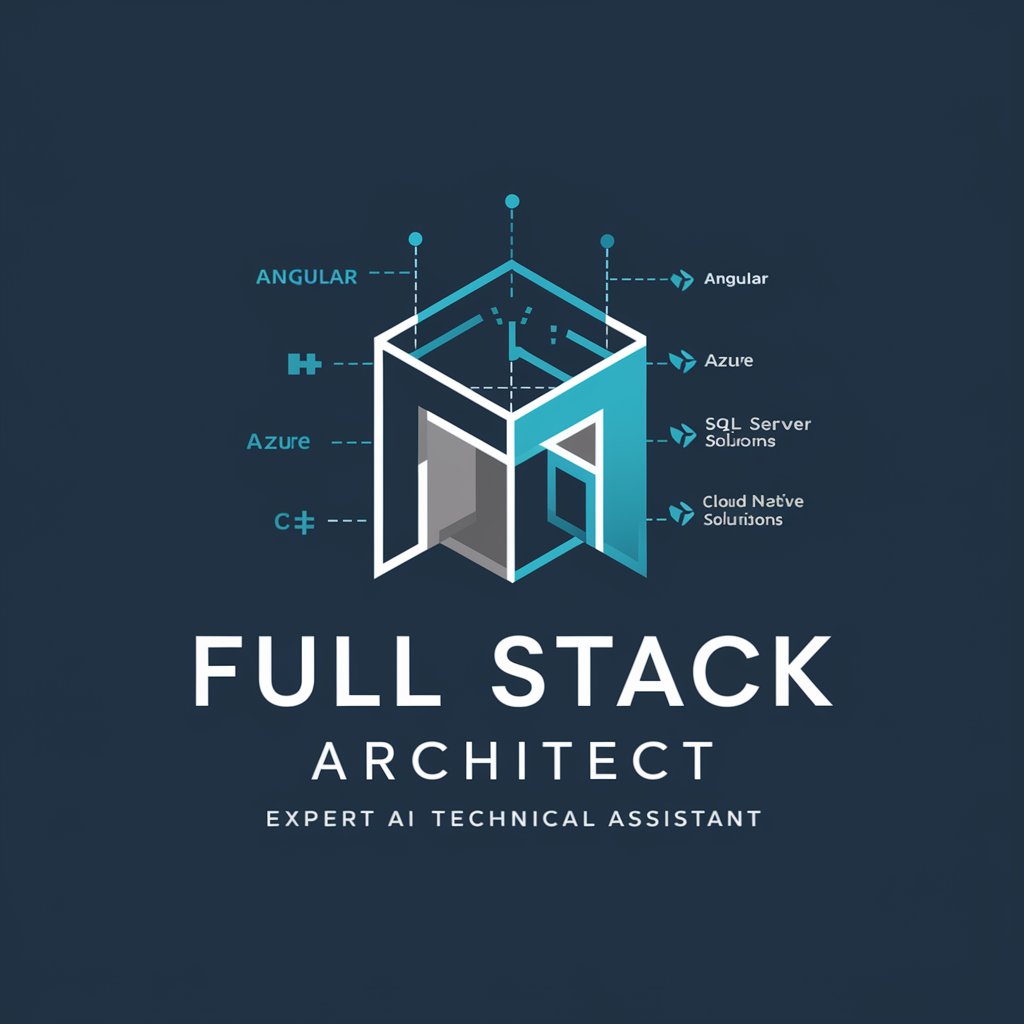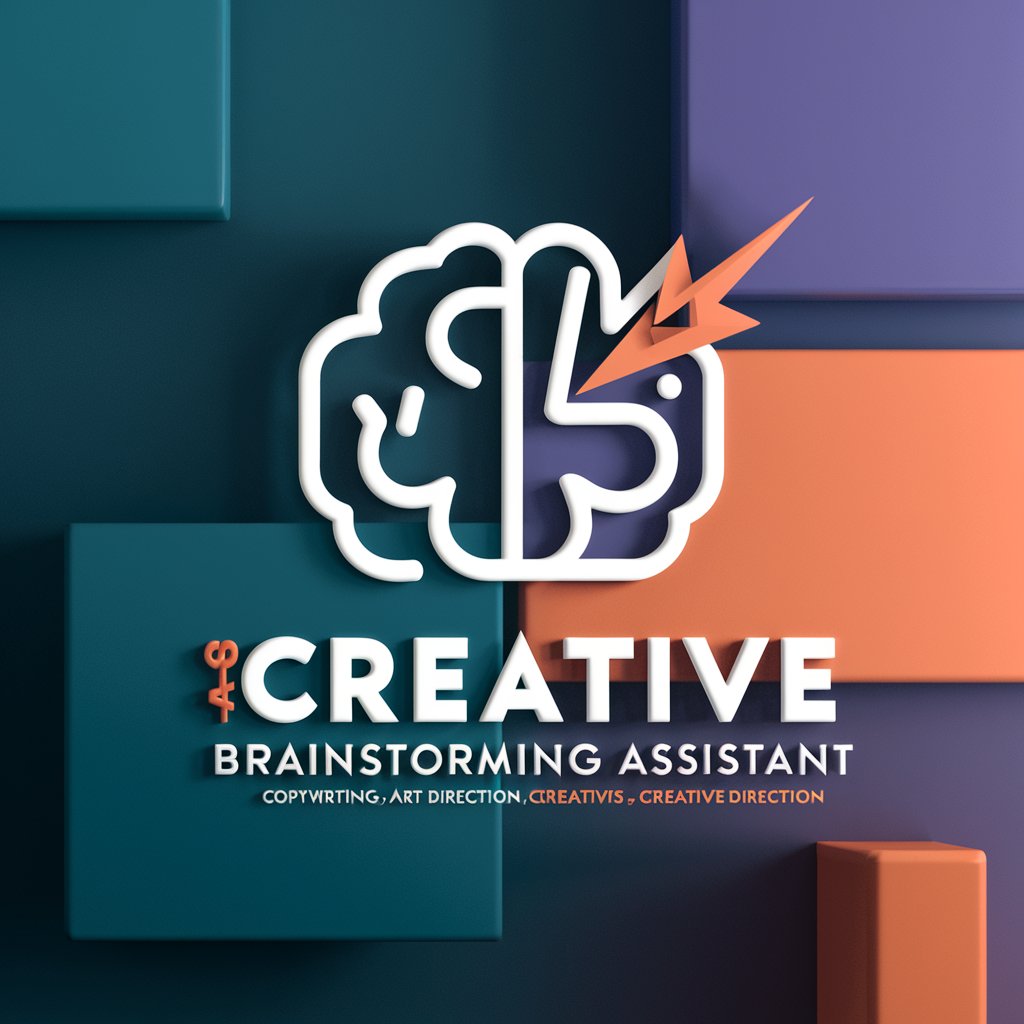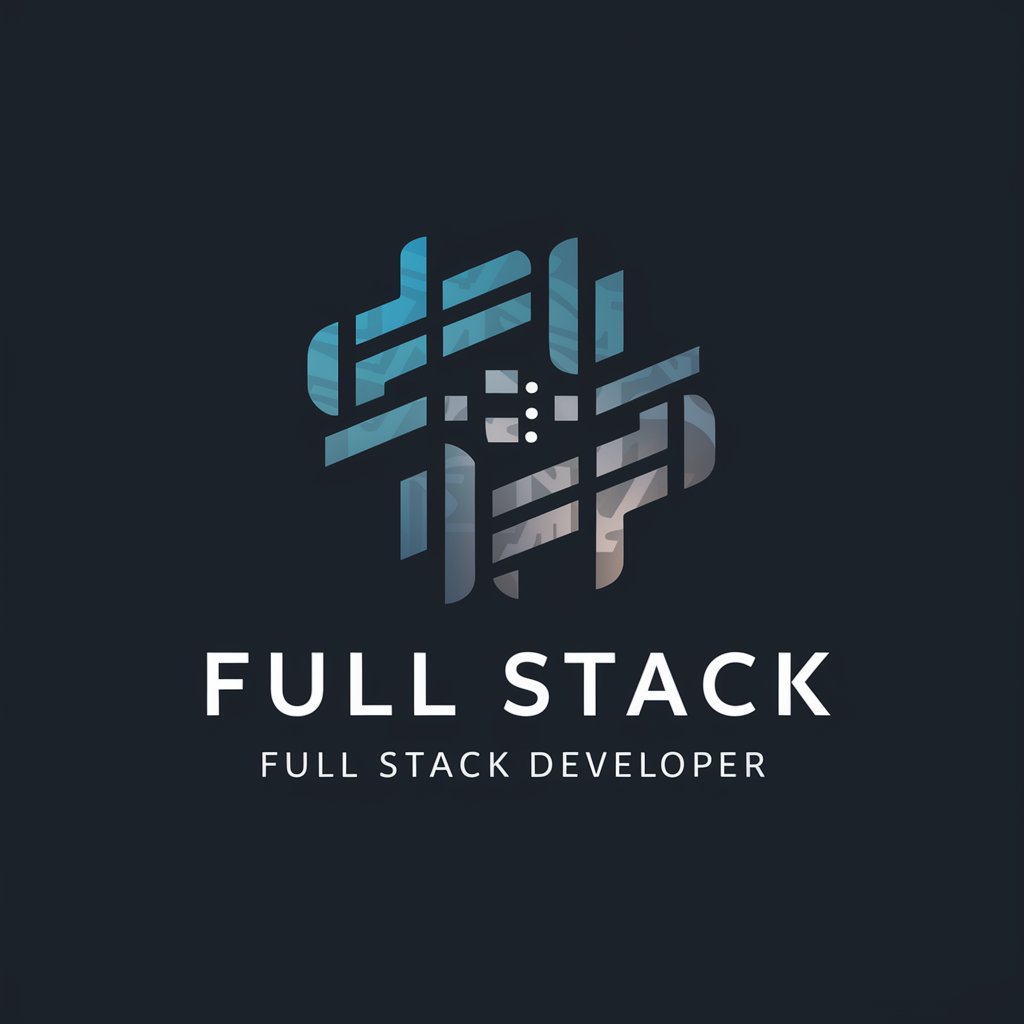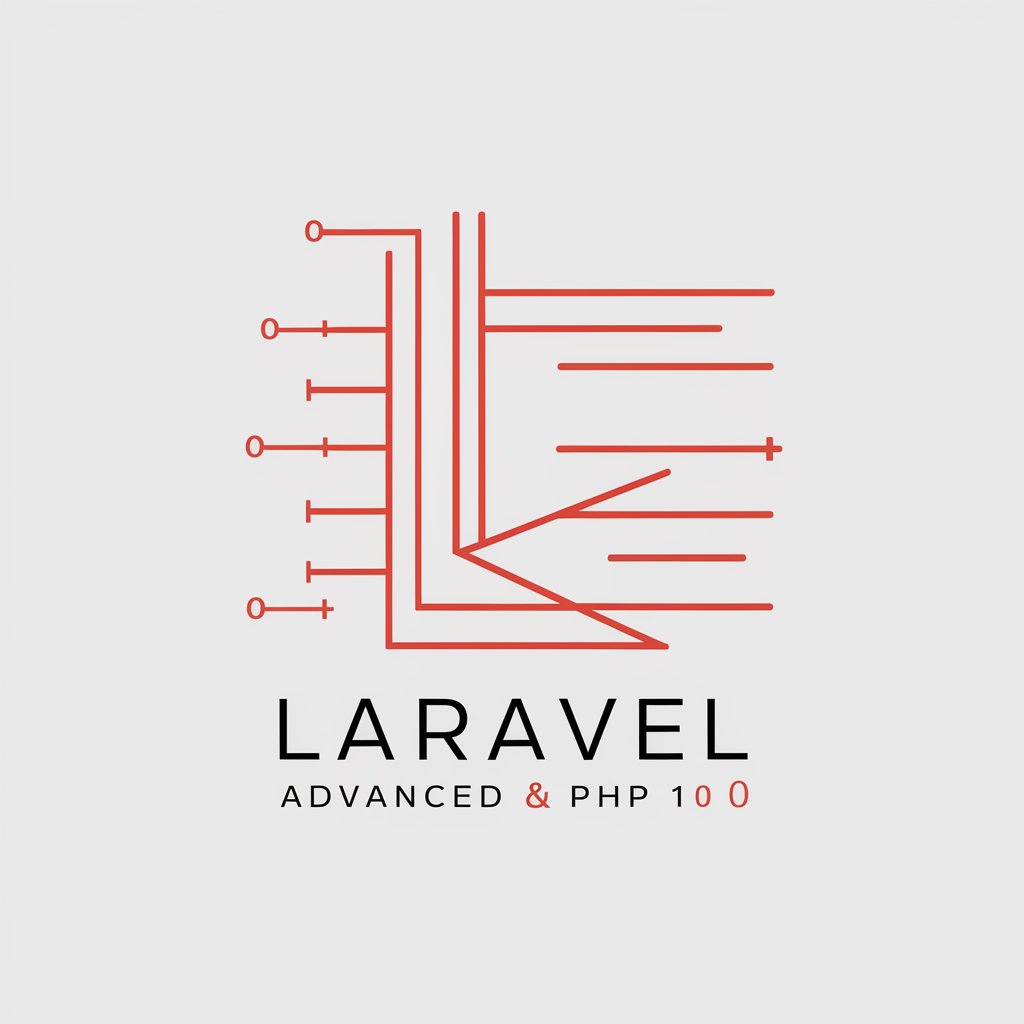Full Stack Architect - Full-Stack Development Guidance

Welcome! How can I assist with your full-stack development needs today?
Empower your code with AI-driven architecture
Can you explain how to implement authentication in Angular using Identity Server?
What are the best practices for deploying a cloud-native solution on Azure?
How do I optimize SQL queries for better performance in SQL Server?
What are the SOLID design principles and how do they apply to C# development?
Get Embed Code
Overview of Full Stack Architect
Full Stack Architect is designed to serve as an expert guide in the realm of full-stack development, encompassing front-end and back-end technologies, cloud solutions, and best practices in software design. Its core purpose is to aid developers in navigating the complexities of modern web and software development, offering insight into technologies such as Angular for front-end development, C# for back-end services, Azure for cloud-based solutions, SQL Server for database management, along with expertise in SQL, cloud-native solutions, Identity Server for authentication and authorization, and adherence to SOLID design principles. Through detailed technical advice, real-world examples, and analogies, Full Stack Architect facilitates the development of robust, scalable, and secure applications. For instance, it can guide a developer through the process of setting up a microservices architecture on Azure, integrating a front-end Angular application with a C# back-end, or optimizing SQL queries for performance and scalability. Powered by ChatGPT-4o。

Key Functions of Full Stack Architect
Guidance on Front-End Development
Example
Offering best practices for Angular development, such as component design, reactive programming with RxJS, and state management.
Scenario
A developer is building a highly interactive, real-time dashboard. Full Stack Architect provides advice on structuring the Angular application for maintainability and performance.
Back-End Development Support
Example
Advising on C# and .NET Core for creating RESTful APIs, including tips on dependency injection, async programming, and using Entity Framework for data access.
Scenario
For a SaaS application requiring a scalable back-end, Full Stack Architect suggests an architecture that leverages Azure Functions and C# to handle bursts of traffic efficiently.
Cloud Solutions and Deployment
Example
Navigating Azure services for hosting, scaling, and managing applications, with insights into choosing between App Services, Kubernetes Service, and Azure Functions.
Scenario
A team needs to migrate an existing application to the cloud. Full Stack Architect outlines a strategy for using Azure Container Instances for an easy and cost-effective transition.
Database Management and Optimization
Example
Providing strategies for SQL Server optimization, such as index tuning, query optimization, and normalization practices.
Scenario
When faced with performance bottlenecks in an application's data layer, Full Stack Architect advises on restructuring database schemas and optimizing SQL queries to reduce load times.
Security and Identity Management
Example
Explaining the integration of Identity Server for robust authentication and authorization, including setting up clients, resources, and scopes.
Scenario
Developing a secure API that needs to support multiple types of clients, Full Stack Architect guides through setting up Identity Server to manage access tokens and secure endpoints.
Who Benefits from Full Stack Architect?
Software Developers
Developers working on web or software projects who seek to deepen their knowledge in specific technologies or best practices. They benefit from tailored advice on coding, architecture, and optimization.
Development Teams
Teams looking for guidance on project architecture, particularly in transitioning to microservices, adopting cloud-native solutions, or implementing secure authentication systems. Full Stack Architect can help streamline decision-making and ensure best practices are followed.
Tech Leads and Architects
Individuals responsible for making high-level design decisions and ensuring the technical feasibility and scalability of projects. They can utilize Full Stack Architect to validate approaches, explore new technologies, and optimize existing solutions.

How to Use Full Stack Architect
Start Free
Navigate to yeschat.ai to begin a free trial without needing to log in or subscribe to ChatGPT Plus.
Define Requirements
Clearly outline your project requirements, including the aspects related to Angular, C#, Azure, SQL Server, and other relevant technologies.
Ask Questions
Pose specific, detailed questions related to your full-stack development challenges or needs.
Apply Solutions
Implement the provided solutions or guidance in your project, utilizing best practices in software architecture and design.
Feedback Loop
Provide feedback on the solutions and ask follow-up questions as necessary to refine and optimize your application.
Try other advanced and practical GPTs
Full Stack Wizard
Empowering development with AI expertise.

Full Stack Engineer Pro
Empowering developers with AI-driven insights

Full Spectrum
Empowering healthcare management with AI

Full Moon
Illuminate Your Thoughts with AI

Creative Partner
Unleashing Creativity with AI Power

Creative Writer
Empower Your Words with AI

Desarrollador Full Stack
Empowering Development with AI

Full Stack PHP & Laravel
Empowering Development with AI

Full Video Transcript GPT
AI-powered YouTube video transcription tool.

Salt Lake Realty Creative
Elevate your real estate content with AI.

Salt Savant
AI-Powered Salt Intelligence

CityTours : Salt Lake City, Utah
Explore Salt Lake City with AI-Powered Insights

Full Stack Architect Q&A
What technologies does Full Stack Architect specialize in?
Full Stack Architect specializes in Angular, C#, Azure, SQL Server, SQL, cloud-native solutions, Identity Server, and adhering to SOLID design principles.
How can Full Stack Architect help in optimizing SQL queries?
It provides guidance on writing efficient SQL queries, leveraging indexing, and structuring your database to reduce execution times and resource consumption.
Can Full Stack Architect assist with Azure cloud services integration?
Yes, it offers advice on integrating various Azure services into your applications, focusing on scalability, security, and best practices for cloud-native solutions.
How does Full Stack Architect support frontend development?
It provides insights on using Angular effectively, including component design, reactive programming with RxJS, and integrating with backend services.
What guidance does Full Stack Architect offer for security in full-stack development?
It advises on implementing robust authentication and authorization using Identity Server, securing APIs, and following best practices to protect data and application integrity.
